Sustainable coliving for digital nomads is more than a travel trend — it’s a lifestyle rooted in conscious choices, community connection, and environmental responsibility. For remote workers who want more than just fast Wi-Fi and a comfy bed, finding the right space means aligning your values with where and how you live.
Whether you’re hopping around Europe or slow-traveling through South America, the place you call “home” — even for a few weeks — can support your wellbeing, productivity, and positive impact on the planet.
Here’s our guide on how to choose sustainable coliving for digital nomads — with practical tips and personal insights to help you make the right choice.
📑 Table of Contents
- Why Sustainable Coliving Matters
- What We Look For in a Coliving Space
- Sustainability Features to Look For
- Remote Work Essentials in Coliving
- Questions to Ask Before Booking
- Our Favorite Sustainable Colivings in Europe
- Red Flags to Avoid
- Final Thoughts and Pro Tips
- Resources and Further Reading
🌍 Why Sustainable Coliving Matters
For digital nomads, choosing a sustainable coliving means reducing your carbon footprint while enhancing your quality of life. It’s about living lighter, sharing resources, supporting local communities, and choosing spaces that invest in green practices — from compost toilets to solar panels.
The collective impact of these choices can be huge. If every remote worker prioritised sustainability, we could shift how hospitality and real estate serve global mobility.
🌟 What We Look For in a Coliving Space
When we evaluate a space, we look for a balance between comfort, community, work infrastructure, and sustainability. Here’s what we value most:
- Eco-friendly building materials and practices
- Strong and inclusive community dynamics
- Reliable Wi-Fi and workspaces
- Respect for local culture and environment
- Opportunities to contribute or volunteer
♻️ Sustainability Features to Look For
✅ Renewable Energy Sources
Does the space use solar, wind, or hydroelectric power?
✅ Waste Management Systems
Are there composting and recycling options? Are they easy to use?
✅ Local & Seasonal Food
Are meals provided? If so, are they plant-based, local, and organic?
✅ Water Conservation
Is water treated, reused, or sourced sustainably?
✅ Minimal Single-Use Plastic
Do they encourage reusables and provide filtered water stations?
💻 Remote Work Essentials in Coliving
A beautiful space is great — but if you’re working remotely, it needs to be functional too. Look for:
- High-speed internet (ask for real speed tests)
- Quiet coworking zones and call-friendly rooms
- Good lighting, ergonomic seating
- Backup power systems for outages
❓ Questions to Ask Before Booking
- How is the community structured (e.g., events, meals, meetings)?
- What’s their approach to sustainability?
- What are the quiet hours and shared space rules?
- Do they support the local economy (e.g., hire local staff, source locally)?
- Can I volunteer or contribute in any way?
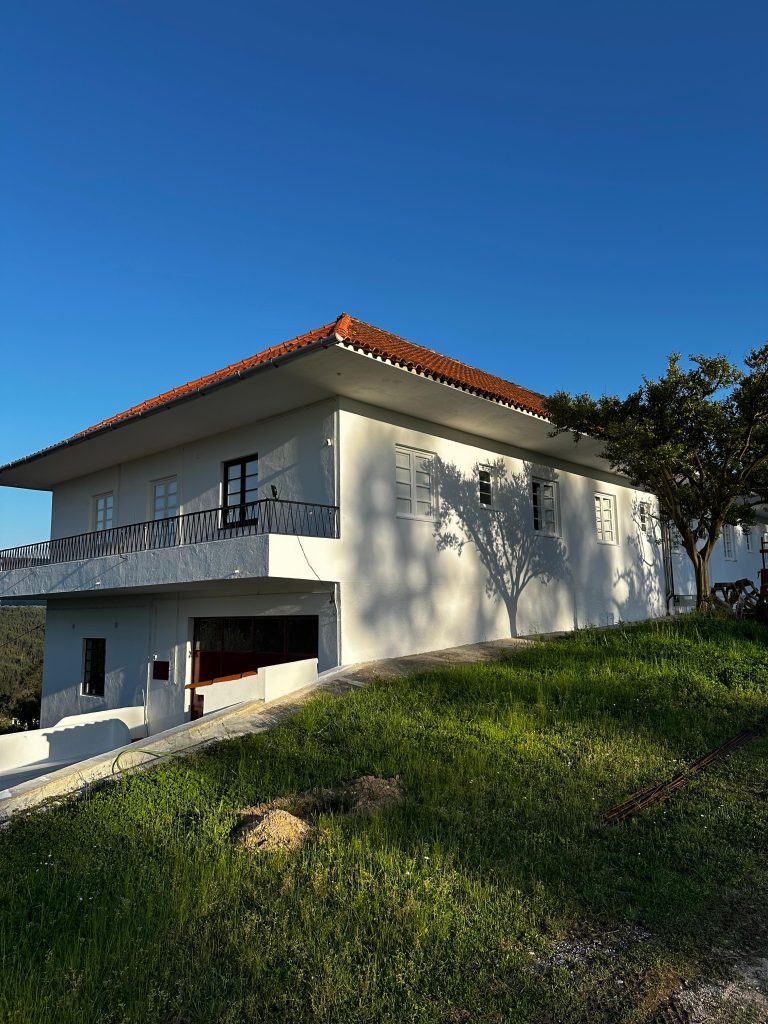
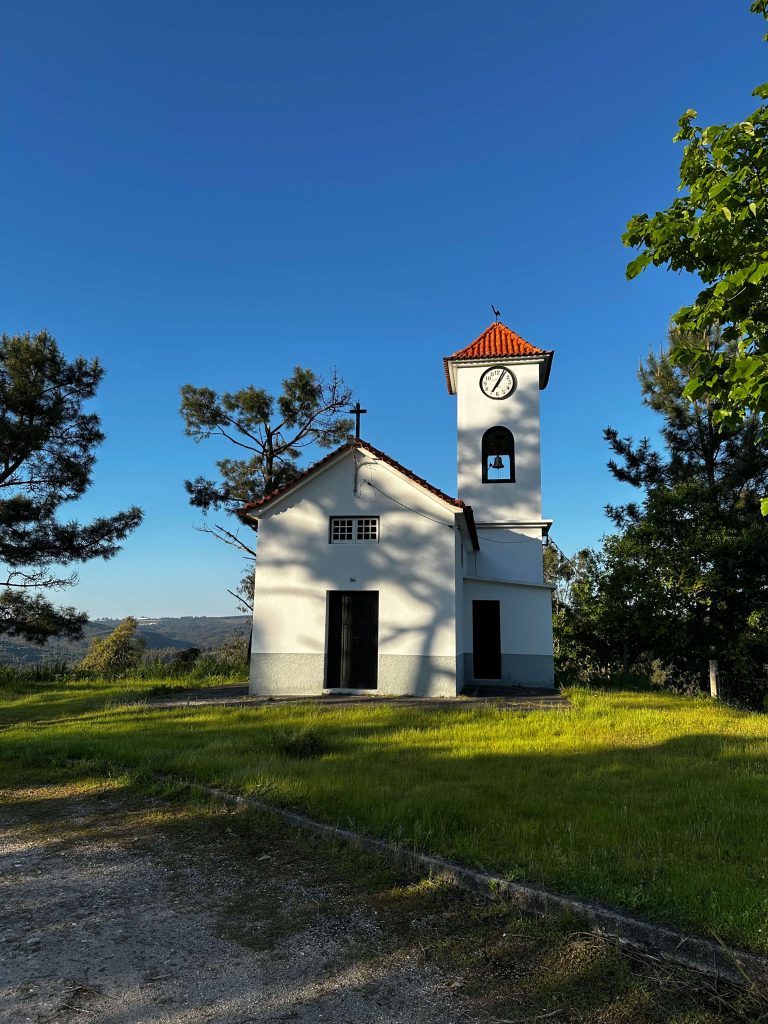
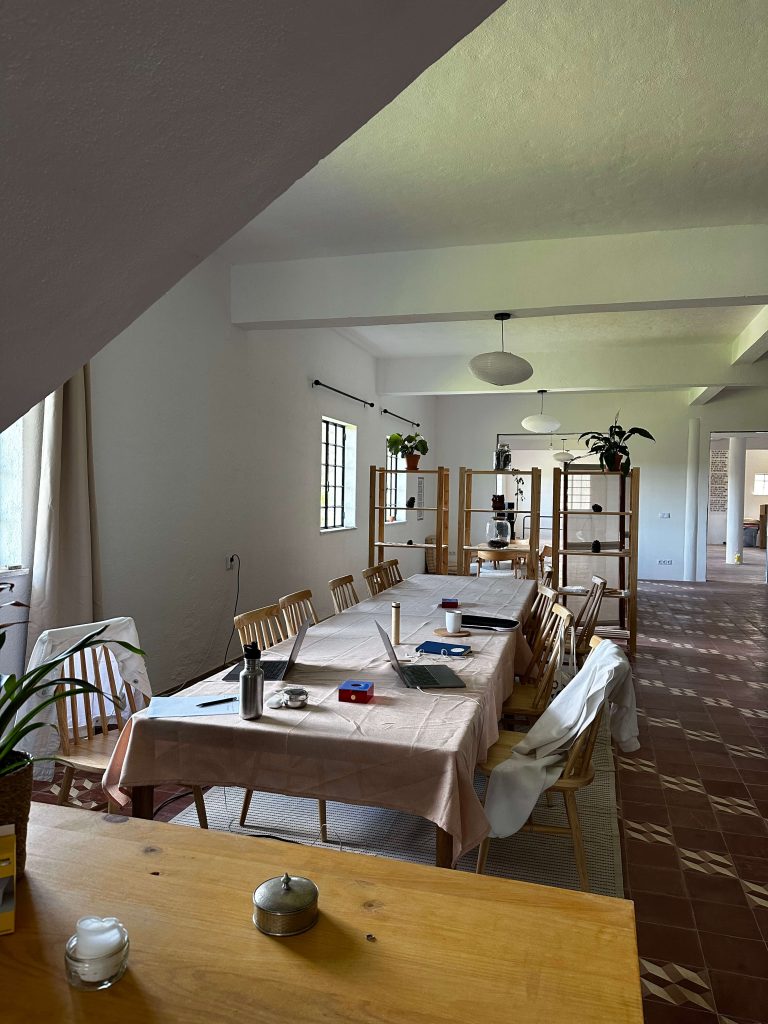
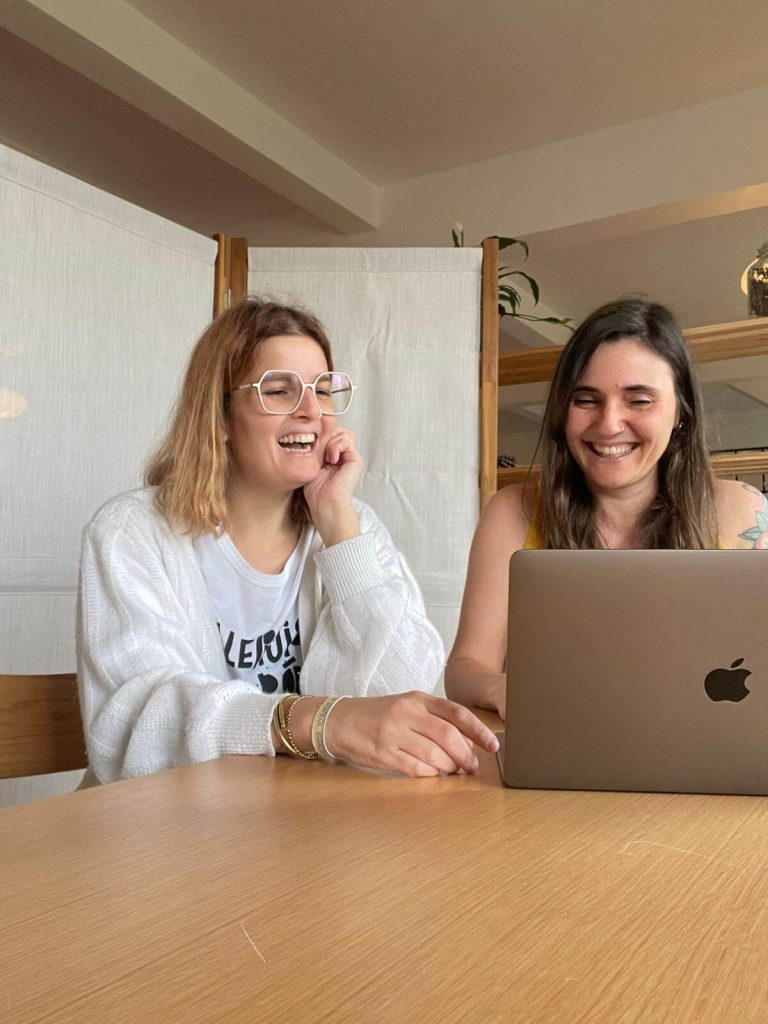
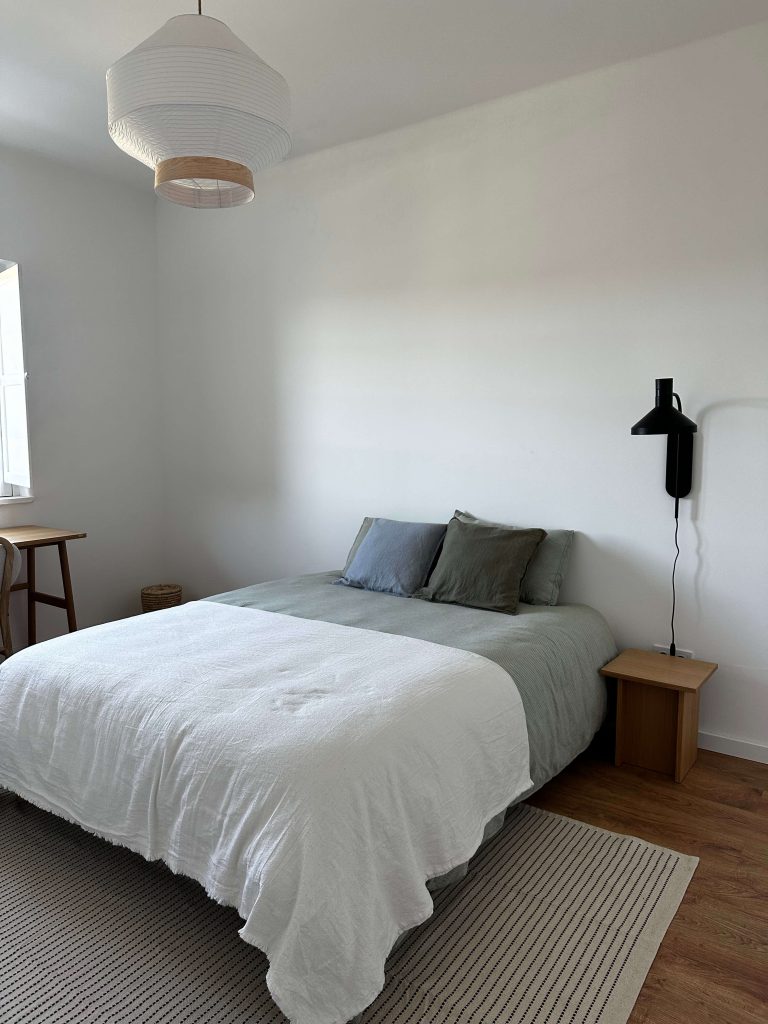
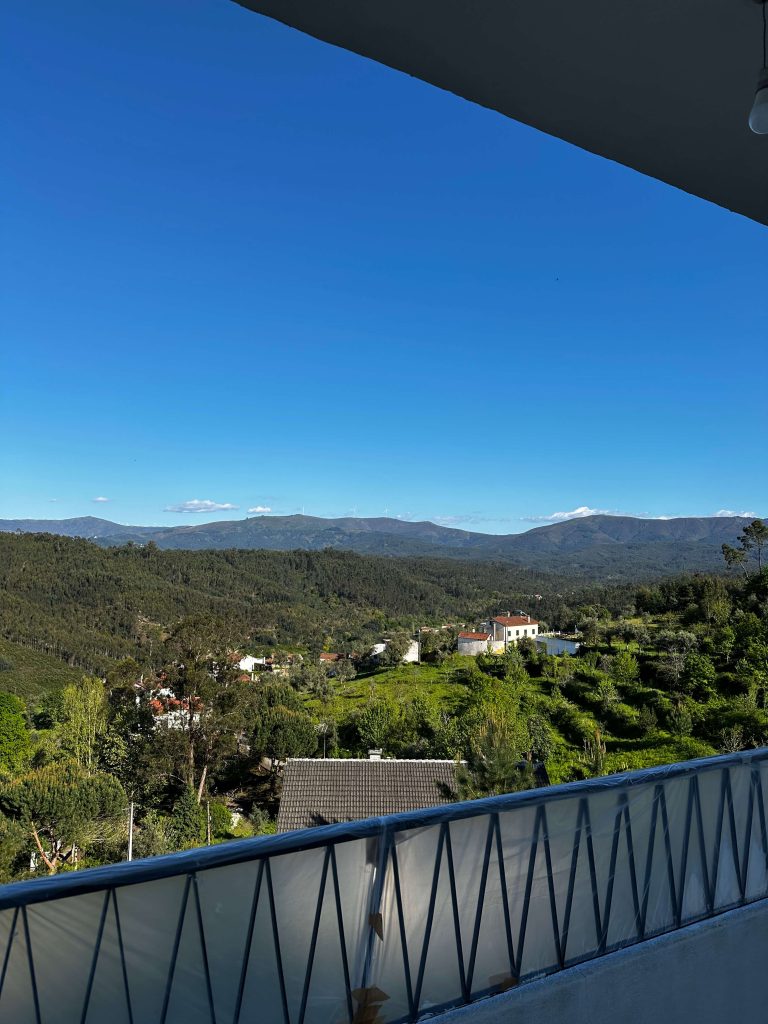
🇪🇺 Our Favorite Sustainable Colivings in Europe
- Bela Colina (Portugal) – 🌿 brand-new gem near Arganil; surrounded by nature and serenity (check our photos above)
- Sun and Co. (Spain) – long-standing eco-conscious coliving in Jávea
- Anceu Coliving (Galicia) – active in reforestation and community regeneration
- Coconat (Germany) – “workation retreat” in a repurposed manor house, fully energy-efficient
- Quinta do Bom Despacho (São Miguel, Azores) – A beautiful family home turned coliving on São Miguel Island. We stayed there in the early days of its transformation, during low season, and found ourselves in a small group passionate about sustainability. It was also where Ana and Lígia met — by chance, sharing the same room.
🚩 Red Flags to Avoid
- Greenwashing with no clear actions or proof
- No transparency about where energy and food come from
- No recycling or water-saving systems in place
- No real community (just a shared house)
✨ Final Thoughts and Pro Tips
Sustainable coliving for digital nomads isn’t just about doing less harm — it’s about living with intention, connection, and purpose. The best spaces create an ecosystem where your work, rest, and values align.
Pro Tip: Stay at a space for at least a week to truly feel the vibe and impact — and always leave it better than you found it.
📚 Resources and Further Reading
- Co-Liv – Global coliving association
- Outsite – Coliving network with sustainability initiatives
- Our tips to travel sustainably
